A brief history of Christmas trees
For most Americans, a tinsel-decked tree is a holiday essential. But why do we put decorated firs in our homes?

For most Americans, a tinsel-decked tree is a holiday essential. But why do we put decorated firs in our homes? Here's everything you need to know:
How did the custom start?
As with many Christmas traditions, its roots go back to pagan times. Some Northern European pagans believed that the sun was a god and that he went through a yearly period of ill health in winter. They put up evergreen boughs on the winter solstice, around Dec. 21, the shortest day of the year — the evergreens reminding them of all the greenery that would grow again when the sun god regained his strength and spring arrived. Ancient Egyptians followed a similar tradition, adorning their homes with green palm fronds to mark the return of Ra, a hawk-headed god who wore the sun as a blazing crown. And ancient Romans used fir trees to decorate their temples during Saturnalia, a winter festival in honor of Saturn, the god of agriculture. Early Christian theologian Tertullian wasn't a fan; in the 2nd century, he told his fellow believers to leave the plants and trees to the heathens, "over whom the fires of hell are imminent."
The Week
Escape your echo chamber. Get the facts behind the news, plus analysis from multiple perspectives.

Sign up for The Week's Free Newsletters
From our morning news briefing to a weekly Good News Newsletter, get the best of The Week delivered directly to your inbox.
From our morning news briefing to a weekly Good News Newsletter, get the best of The Week delivered directly to your inbox.
When did Christians get on board?
That's a matter of ongoing dispute. The Eastern European cities of Tallinn and Riga both claim to have hosted the first Christmas tree: Tallinn in 1441, Riga in 1510. Each city says the Brotherhood of Blackheads — an association of local unmarried merchants, shipowners, and foreigners in Livonia (now modern-day Estonia and Latvia) — erected a tree in their town square over Christmas, danced around it, and then set it alight. Around the same time, medieval Germans were incorporating evergreens into their own Christmastime rituals, via the "Paradise Tree": an apple-adorned fir that represented the Tree of Knowledge in the Garden of Eden. But Christmas trees didn't make it into the home until Martin Luther, the founder of the Protestant Reformation, supposedly experienced a very special yuletide "vision" in 1536.
What did Luther see?
The German theologian was taking a nighttime stroll through a pine forest near his home in Wittenberg when he glanced up and was awestruck by the thousands of stars twinkling through the branches. The wondrous sight reminded him of Jesus departing heaven for Earth at Christmas, and Luther raced home to recreate the holy scene for his family — dragging a tree into their parlor and decorating its branches with lighted candles. Other Germans started covering their own Christmas firs with gingerbread, gilded apples, and other trinkets. Some preferred to deck a single yew branch with colored paper and ribbons, a ritual witnessed by English poet Samuel Taylor Coleridge in 1798. "Under this bough," wrote Coleridge, children and parents exchange presents "with kisses and embraces."
A free daily email with the biggest news stories of the day – and the best features from TheWeek.com
When did the trees arrive in the U.S.?
They were brought to Pennsylvania by German settlers and may have even played a part in the Revolutionary War. Legend has it that as George Washington was crossing the Delaware River on Dec. 25, 1776, Hessian mercenaries fighting for the British were busy decorating trees and getting drunk. Suffice to say, they were in no state to fight the ensuing battle, and lost. But Christmas trees didn't become de rigueur among fashionable society until they were granted the royal seal of approval. In 1848, the Illustrated London News published a sketch of Queen Victoria's Christmas tree at Windsor Castle, a gift from her German consort, Prince Albert. The image was reprinted in Philadelphia's Godey's Lady's Book, with the queen's crown and Albert's mustache removed to make it look more "American." East Coast ladies went wild for the heartwarming scene — and Christmas trees became a staple of the American home.
What about decorations?
Thomas Edison's assistant, Edward Johnson, was the bright spark who dreamed up electric Christmas tree lights. In 1882, not long after Edison had invented the light bulb, Johnson hung a string of 80 red, white, and blue bulbs on the tree in his New York City home and invited journalists to come and gawk at the illuminations. Some four decades later, on Dec. 24, 1923, President Calvin Coolidge lit the National Christmas Tree, a 48-foot balsam fir decorated with 2,500 colored bulbs. Department of Commerce official Frederick Feiker had conceived the ceremony, hoping it would boost the burgeoning electricity industry. It did, and started a custom that's been observed by the White House every year since — except during World War II, when the tree wasn't lit, and in 1979, when only its topper was illuminated in honor of American hostages in Iran. Feiker was always confident of success. "If you get the president of the United States two years in succession to do a thing," he said, "he will always do it."
What do other countries do?
In Japan, you might find origami swans, paper fans, and wind chimes hanging from the branches; in Spain, a tree trunk is filled with goodies, like toffees, nougats, almonds, and dates, and children take turns whacking the stump with a stick to dislodge the treats. In Brazil, Christmas lands in summer, but some people cover pine trees with little pieces of white cotton to simulate falling snow. Traditions vary widely, but across the world, Christmas trees are a universal symbol of festive joy. "There's a kind of glory to them when they're all lit up," said humorist Andy Rooney, "that exceeds anything all the money in the world could buy."
An upside-down controversy
A new front has opened up in the so-called War on Christmas: the upside-down Christmas tree. "Hanging" Christmas trees are the yuletide decoration trend of 2017, according to interior designers. London's Claridge's, a 161-year-old hotel, sports one designed by Karl Lagerfeld; Target is selling them for as much as $1,000. Some conservatives see upside-down trees as yet more proof of liberals' politically correct war on Christian traditions. "It's like an upside-down world ... the bizarro world," said Corey Lewandowski, President Trump's former campaign manager. "I am sure that [the first family] will not be turning the tree upside down. They like this country's traditions." But upside-down trees actually have deep Christian roots. Eastern Europeans hung their trees from the ceiling during the Middle Ages, to represent the Holy Trinity. In Poland, the podlazniczka loomed directly over the Christmas Eve dinner right into the 20th century. "It always made my grandfather crabby," says author Sophie Hodorwicz Knab. "He used to complain because his head kept hitting it."
-
 Political cartoons for December 7
Political cartoons for December 7Cartoons Sunday’s political cartoons include the Trump-tanic, AI Santa, and the search for a moderate Republican
-
 Trump’s poll collapse: can he stop the slide?
Trump’s poll collapse: can he stop the slide?Talking Point President who promised to ease cost-of-living has found that US economic woes can’t be solved ‘via executive fiat’
-
 Sudoku hard: December 7, 2025
Sudoku hard: December 7, 2025The daily hard sudoku puzzle from The Week
-
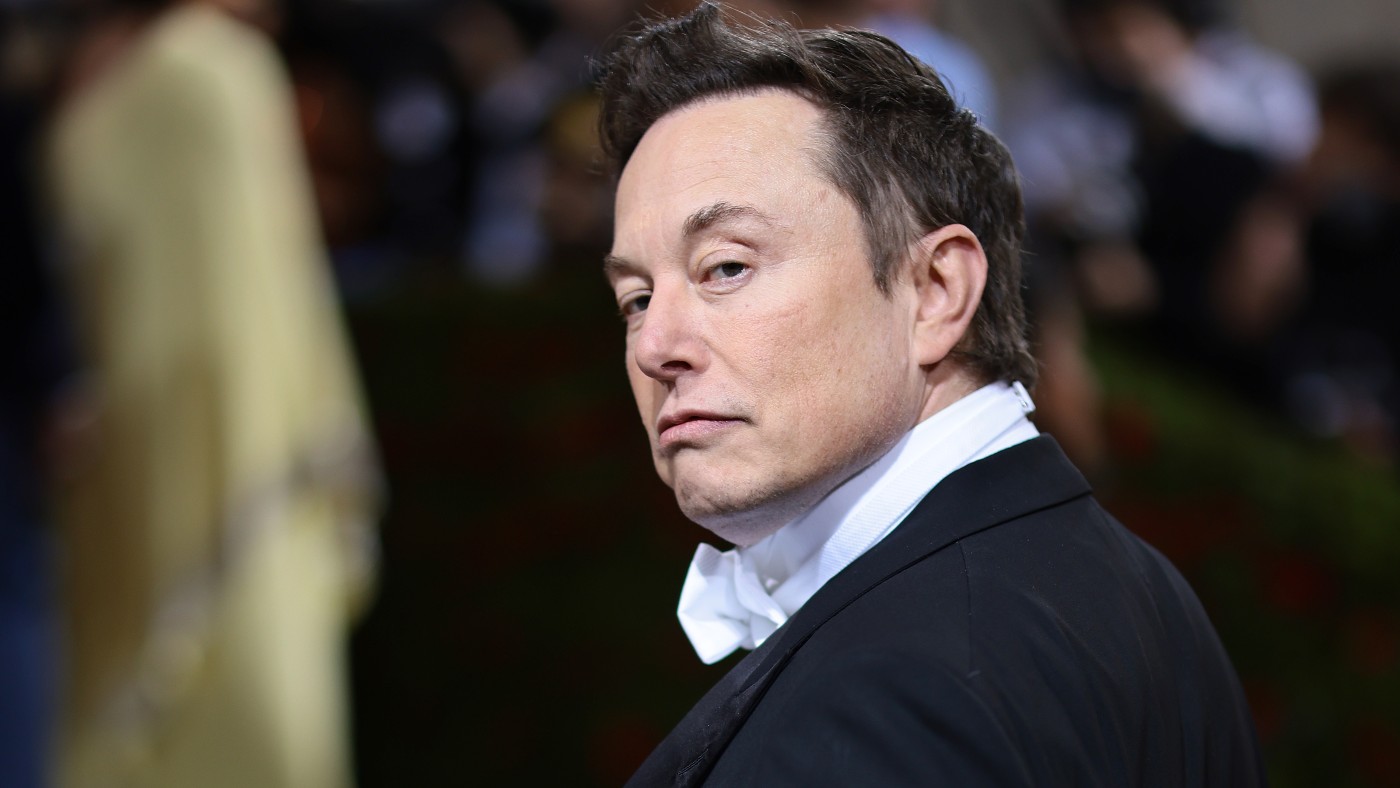 Walter Isaacson's 'Elon Musk' can 'scarcely contain its subject'
Walter Isaacson's 'Elon Musk' can 'scarcely contain its subject'The latest biography on the elusive tech mogul is causing a stir among critics
-
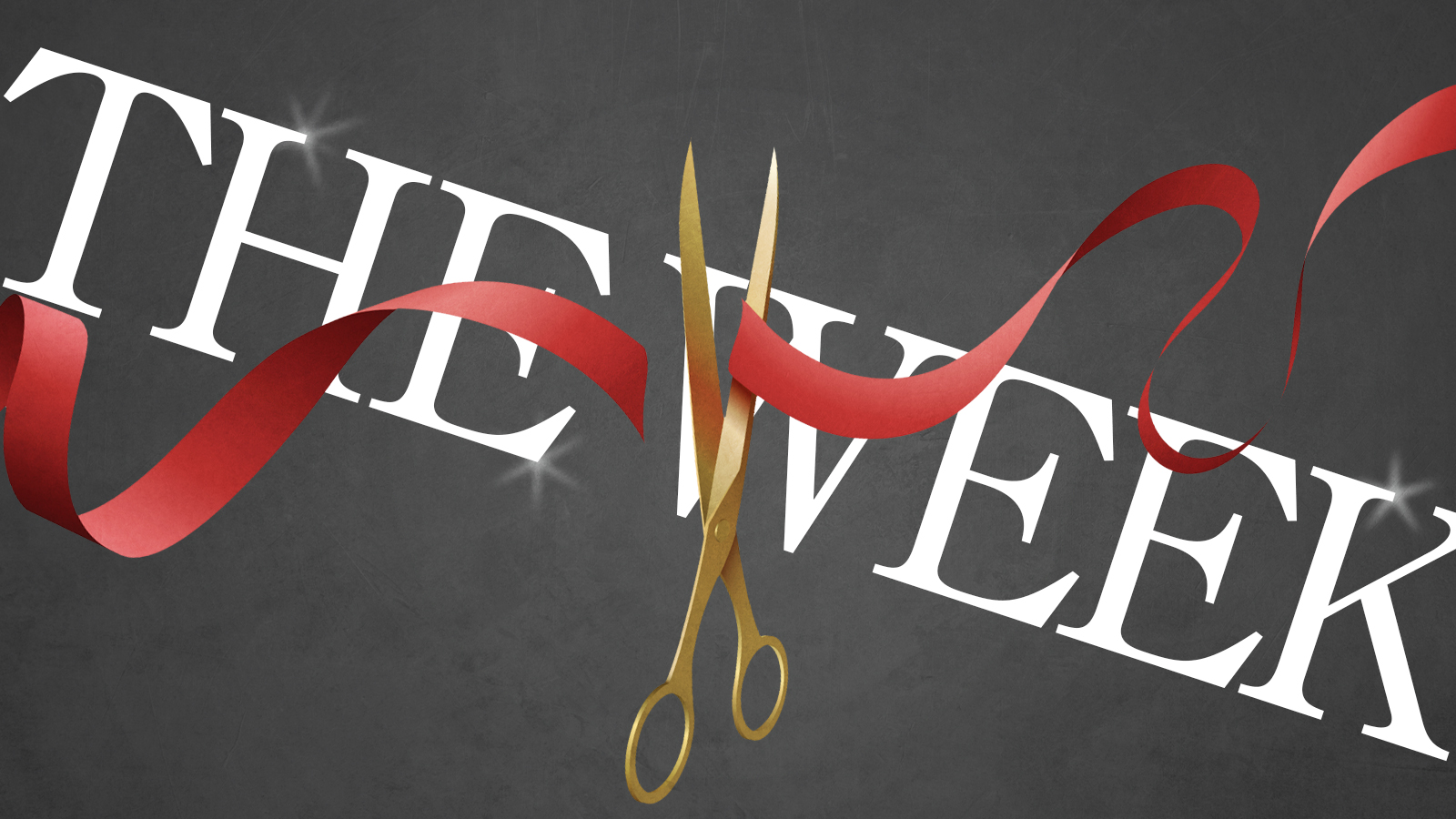 Welcome to the new TheWeek.com!
Welcome to the new TheWeek.com!The Explainer Please allow us to reintroduce ourselves
-
 The Oscars finale was a heartless disaster
The Oscars finale was a heartless disasterThe Explainer A calculated attempt at emotional manipulation goes very wrong
-
 Most awkward awards show ever?
Most awkward awards show ever?The Explainer The best, worst, and most shocking moments from a chaotic Golden Globes
-
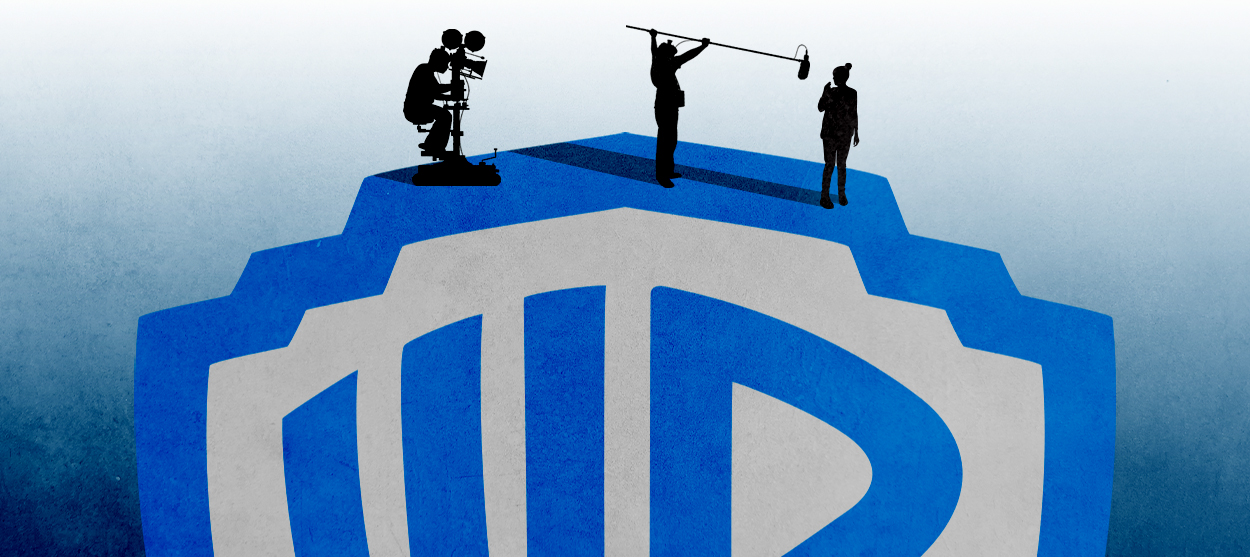 The possible silver lining to the Warner Bros. deal
The possible silver lining to the Warner Bros. dealThe Explainer Could what's terrible for theaters be good for creators?
-
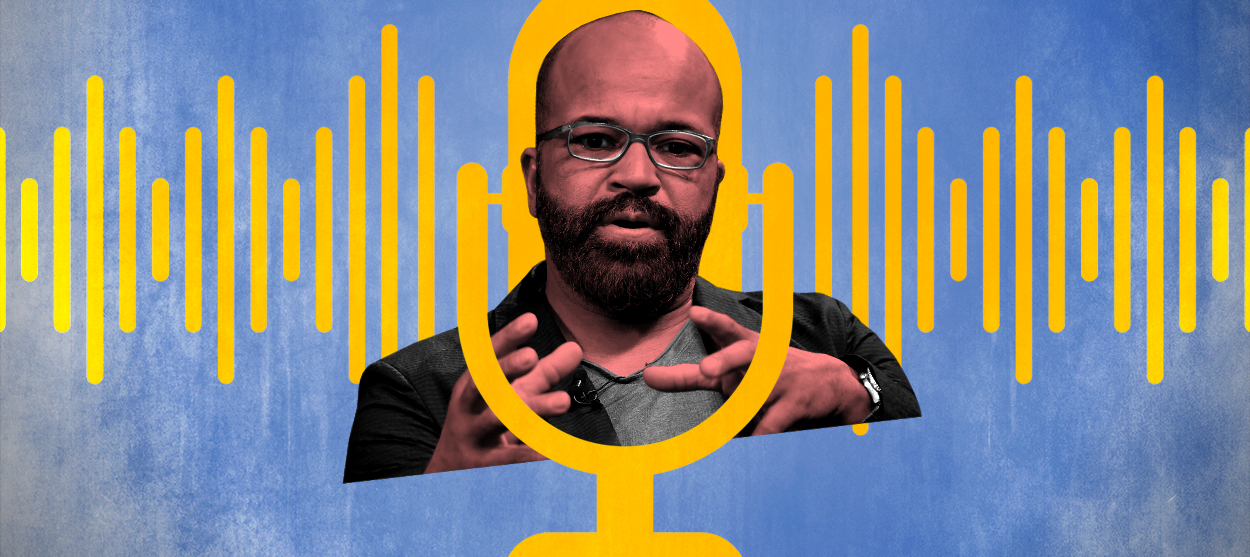 Jeffrey Wright is the new 'narrator voice'
Jeffrey Wright is the new 'narrator voice'The Explainer Move over, Sam Elliott and Morgan Freeman
-
 This week's literary events are the biggest award shows of 2020
This week's literary events are the biggest award shows of 2020feature So long, Oscar. Hello, Booker.
-
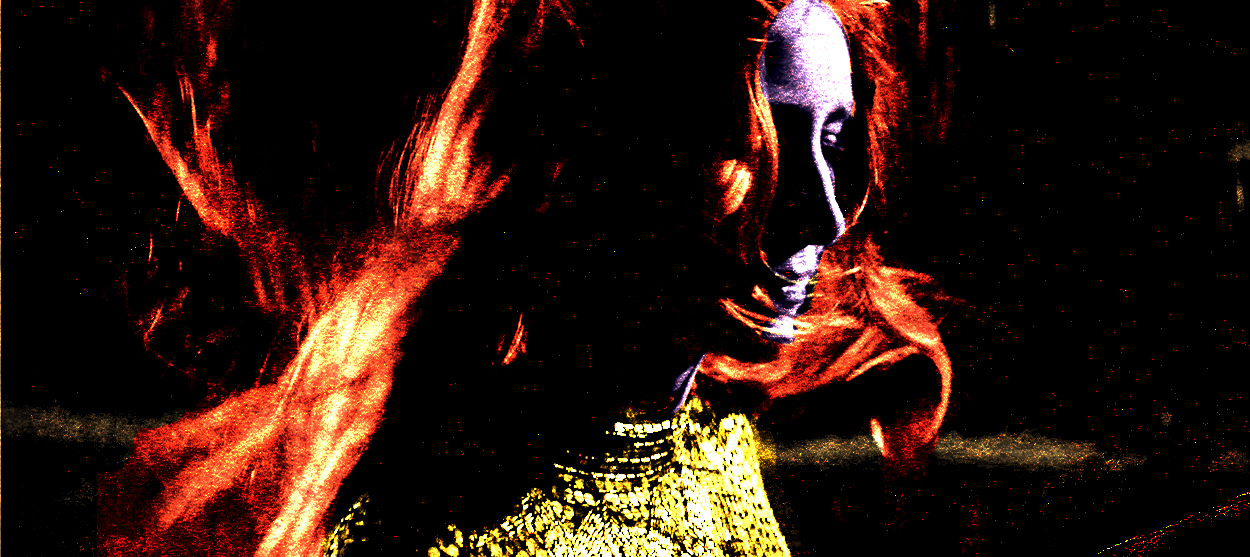 What She Dies Tomorrow can teach us about our unshakable obsession with mortality
What She Dies Tomorrow can teach us about our unshakable obsession with mortalityThe Explainer This film isn't about the pandemic. But it can help viewers confront their fears about death.